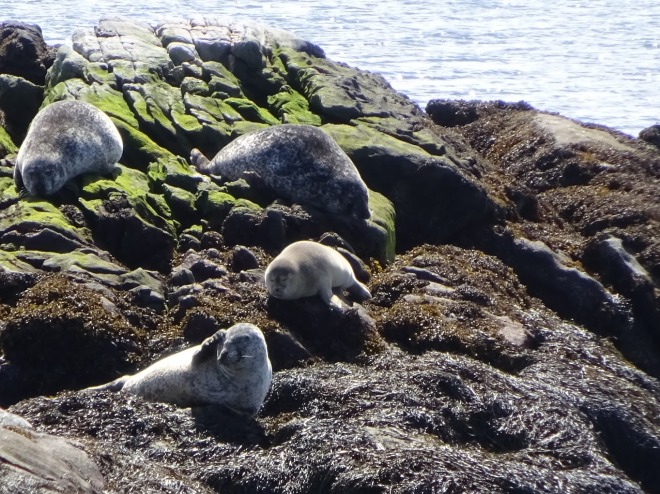Leaving Portugal after so long was a bit of a wrench but a welcome wrench as we shot straight across the Algarve and into Spain. We headed straight for the Province of Jaén in north-eastern Andalusia. It’s an area that we’d cut across in 2016 when making our way from the Costa Blanca to Córdoba to meet our friends Di and Chris for a couple of days. We’d had a few days, at that time, to get from east to west but absolutely loved the area and wanted to see more so earmarked it for a future visit.

The province of Jaén is the largest producer of olive oil in the world accounting for twenty percent of the worlds market. According to Wikipedia 66 million trees grow here covering 550,000 hectares. It’s fair to say that it’s enorme. A huge patchwork of green.
 The province also boasts four natural parks. On our way across the area in 2016 we met a chap called John who gave us various co-ordinates and advice on where to stay and what to do in the area so we dug them out to have a look. He’d recommended a 128km via verde (cycle track on a disused railway) running from Jaén to Puente Genil. We headed for an aire just outside the little town of Doña Mencía.
The province also boasts four natural parks. On our way across the area in 2016 we met a chap called John who gave us various co-ordinates and advice on where to stay and what to do in the area so we dug them out to have a look. He’d recommended a 128km via verde (cycle track on a disused railway) running from Jaén to Puente Genil. We headed for an aire just outside the little town of Doña Mencía.
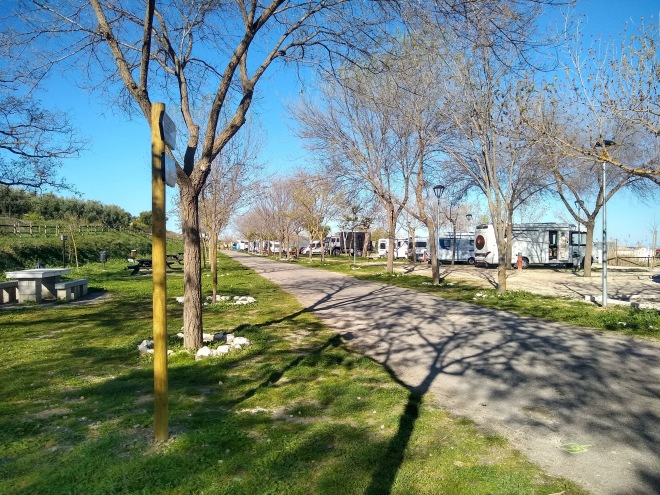
It never ceases to amaze me the facilities that are put on for motorhomers in some European countries. We parked up at the aire adjacent to the via verde for just three euros a night. Can you imagine that next to the Camel Trail in Cornwall? You probably pay three times that just to park for the day. All facilities were there. Showers, water, waste disposal and electric.
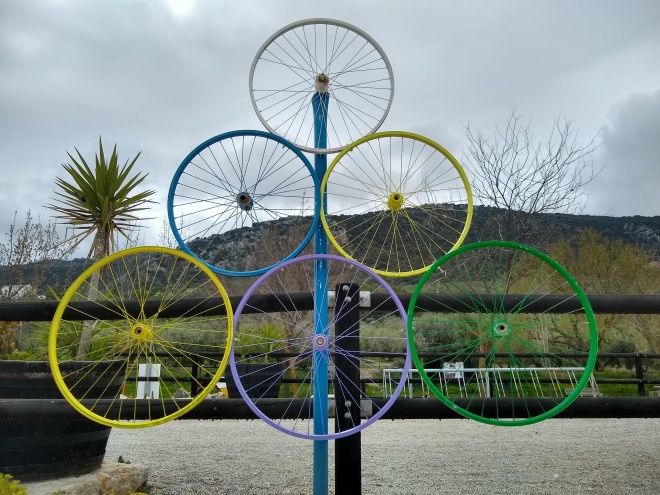
We ended up staying five nights and explored the area by bike and on foot. Apart from the obvious draw of the cycleway there are several good walking trails in the area as well. We had the pleasure of watching several pairs of vultures circling above and below us on our afternoon walks.





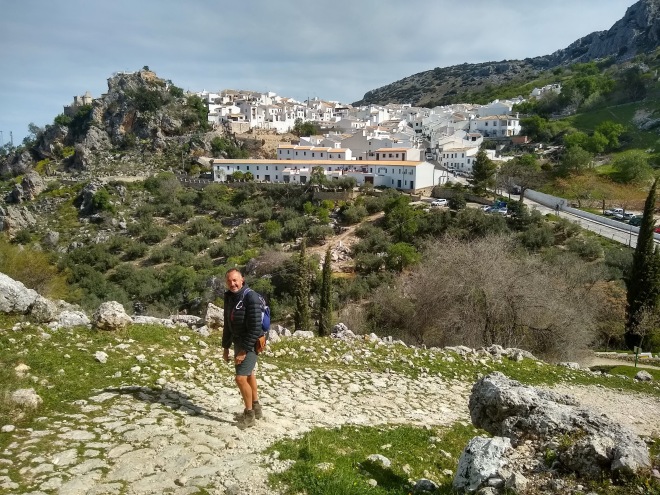
So thank you to John wherever you are now for all the good info you gave us. As I’ve said on the blog before, when travelling there are so many unanswered questions that go through my head. How many olives are there? How many trees? They surely can’t harvest all these by hand like we saw in Greece? If they do then there must be a mass influx of seasonal workers? Who owns them all? How did they water all the trees in the olden days? Do the owners have a detailed map of all their trees or is it in their head? What’s the maintenance plan? Is there ever a day in the week when you don’t hear the buzz of a chain saw in the background? And so the questions go on.
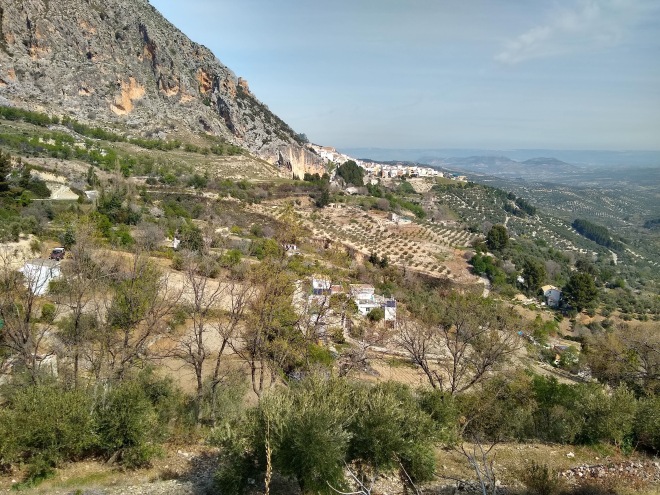


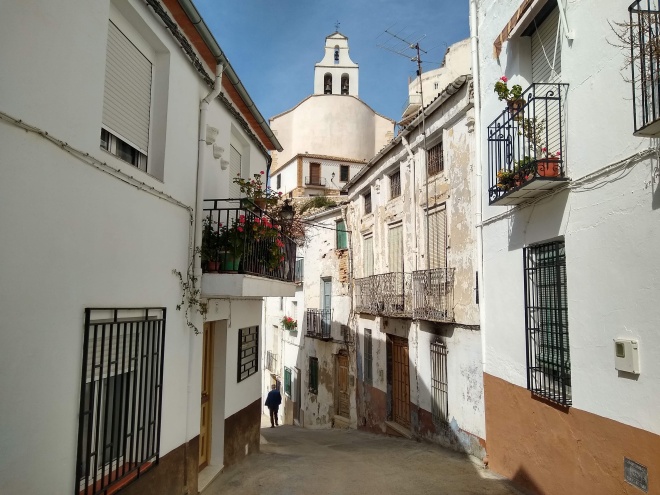
Another of John’s recommendations was the Segura Natural park east of Úbeda. Cazorla is a perfect base to explore some of it with a handy aire located at the top end of the town with spectacular views looking out over the olives below. It’s just a big layby really but as laybys go it got a thumbs up from us.
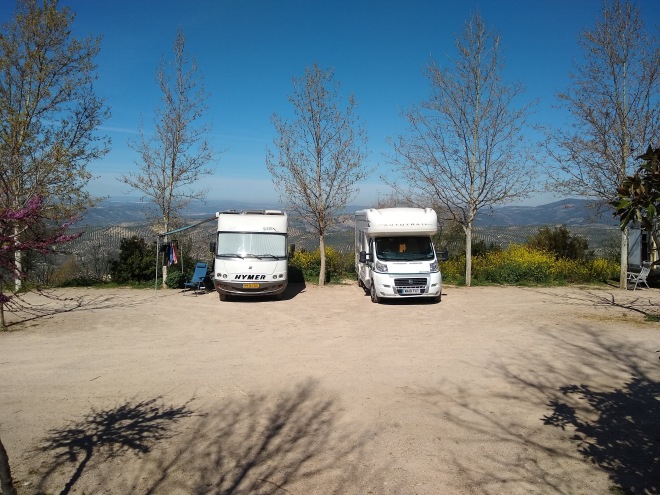
Cazorla is in a superb setting with craggy mountains above and thousands of acres of olives below and boasts several historic monuments. There are many walking trails, most of which you’d need a few days to complete but we set off up the steep hill to join one of them to see how far we’d get before turning back as there didn’t appear to be a viable circular route.



After an hour and a half of mostly uphill climbing we were heading through patches of pine forest. The shade was welcome as it was roasting hot but then we saw some pine processionary caterpillars. When we looked up we could see their nests in the trees and all looked to be empty.
For those that don’t know, these little creatures can be harmful to people and pets. The hairy caterpillars are part of the moth family. I won’t bore you with their life cycle but just say that they feed on pine trees in nests. Then between February and April they descend from the trees and make their way to the ground in a long chain (hence the name) searching for the next place for their life cycle. They’ll eventually disperse to go underground for the next phase of the lifecycle. They pose a risk to animals and humans at the stage when they are marching across the ground. Those hairs are the cause. If they are threatened, stressed, prodded or poked they can eject their hairs which act like tiny harpoons and can penetrate and irritate exposed skin. Generally dogs lick affected areas thereby transferring the hairs to their tongues resulting in itching, swelling, vomiting and even death.
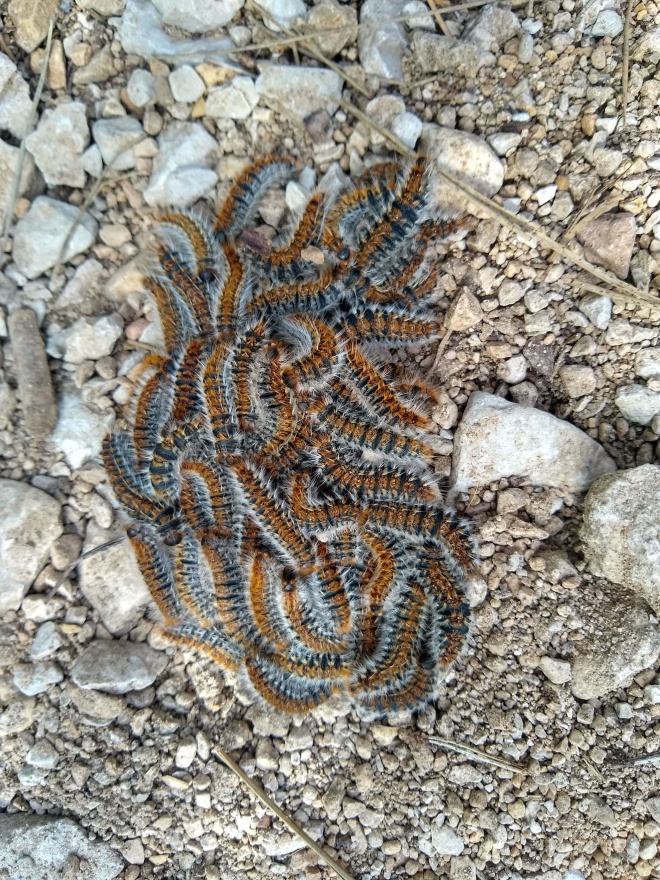
We carried on for a while but were seeing them in increasing numbers so whilst I sat on a tree stump consulting google Tim hopped from foot to foot. After telling him that I was sure it was just animals that were at the most risk I thought I’d check just to be on the safe side. I read out the end of the second paragraph ‘the pine processionary caterpillar has even made its presence felt amongst dog owners themselves, causing painful, itchy rashes, or at worst, fatal anaphylactic shock’. So I asked him if he wanted to carry on. Stupid question really. He was off back down the hill like a greyhound out of the starting trap.
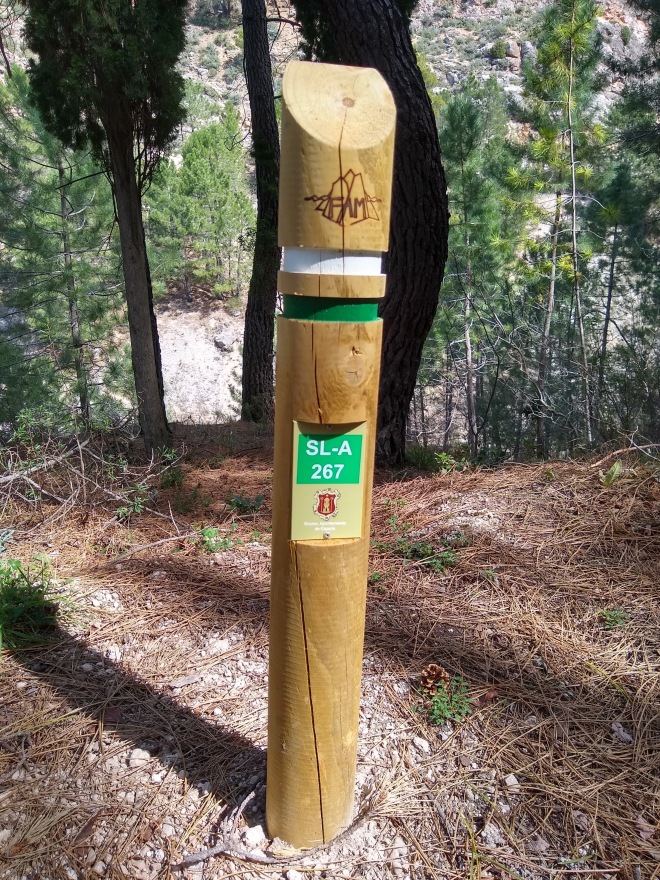
Having retraced our steps we took the road up out of the town in the opposite direction and were rewarded with more spectacular views.



 After a few days soaking up the surroundings of Cazorla we headed to the aire at Úbeda forty or so kilometres away to get some washing done.
After a few days soaking up the surroundings of Cazorla we headed to the aire at Úbeda forty or so kilometres away to get some washing done.
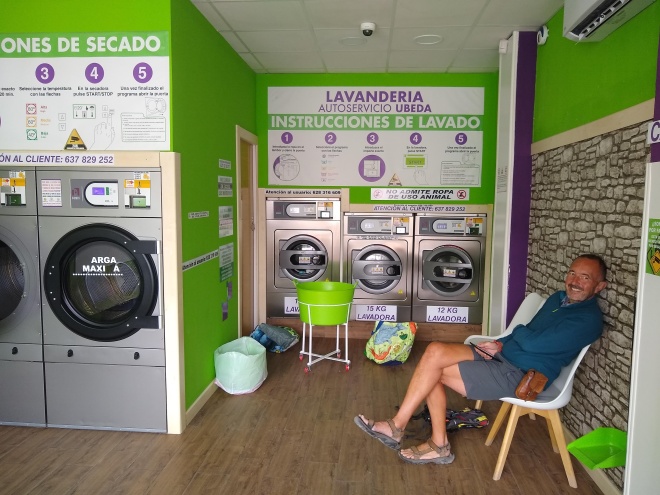
We arrived in Úbeda this morning in search of a self service laundrette to find parks closed, events cancelled and most people in the supermarket wearing plastic gloves. The aire, which we’d stayed on a few days ago, was practically deserted. There’d been probably in the region of twenty before.
We took a stroll into town earlier this evening to find, other than two or three cafes and some mini supermarkets open, everything else is closed.
The Coronavirus has been rumbling around in the background of our travels for the last two weeks but today it looks like preventative measures have been ramped up considerably.
Our rough plan for the next three months had looked like this: Take three to four weeks to make our way across Spain to Barcelona, catch a ferry from there to Sardinia, spend a few weeks on Sardinia before hopping over to Corsica for a look see, then back onto mainland France, up through south-eastern France into Switzerland, maybe a bit of Austria before landing in Germany towards the end of May as I’m doing a weekend course with donkeys somewhere in Bavaria. It was a very loose three month itinerary.
Fortunately we only really ever make loose plans as you never know what is around the corner.
It looks like Spain, as I write, is going to announce a lockdown of the entire country.
Better to be safe than sorry.
Time for a change of plan………..
Adios!


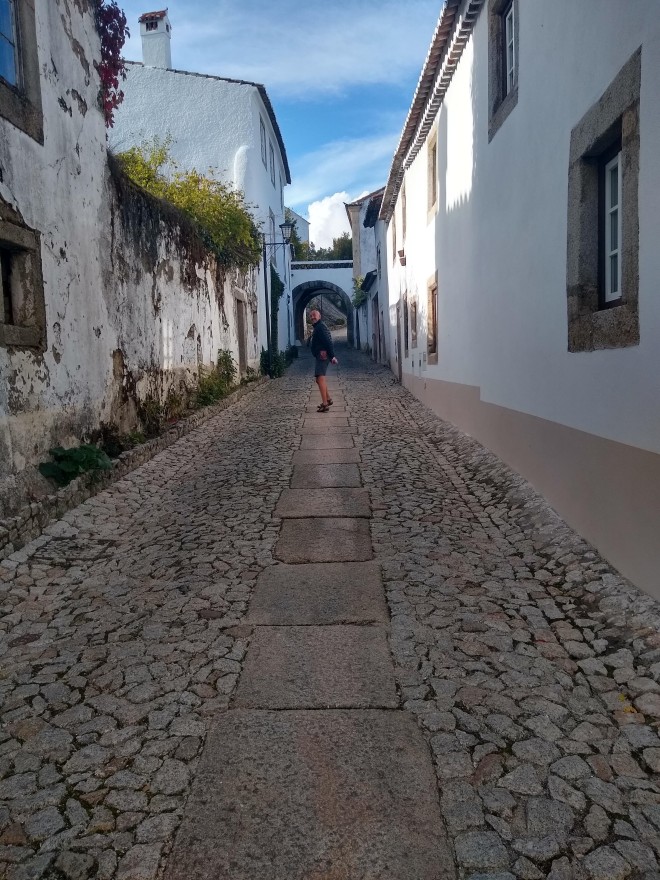
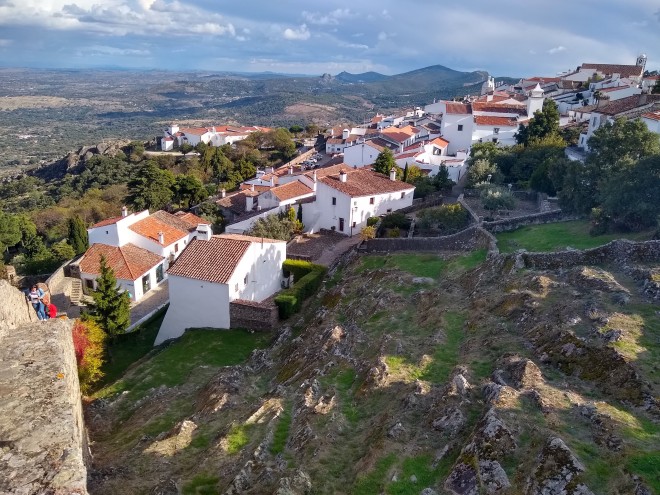


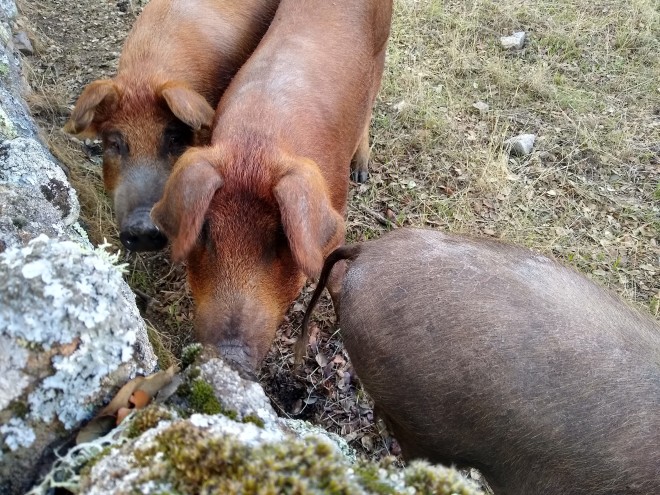

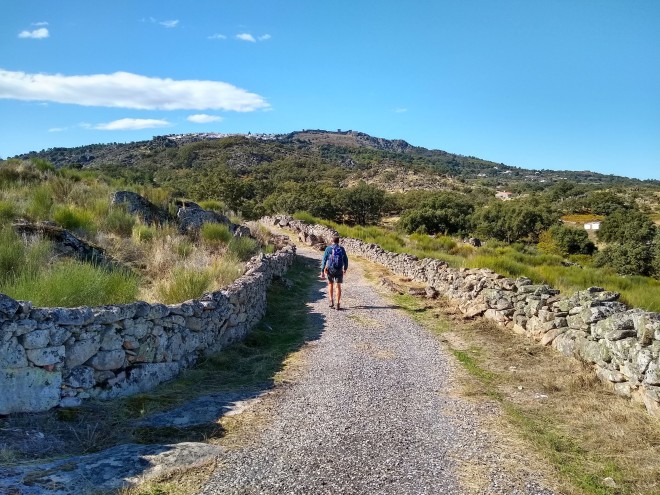
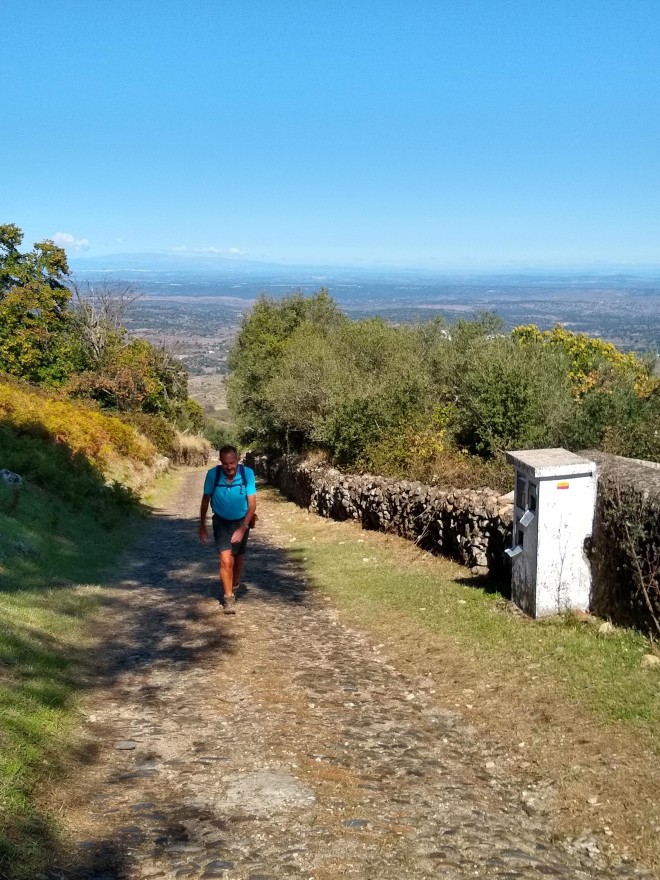
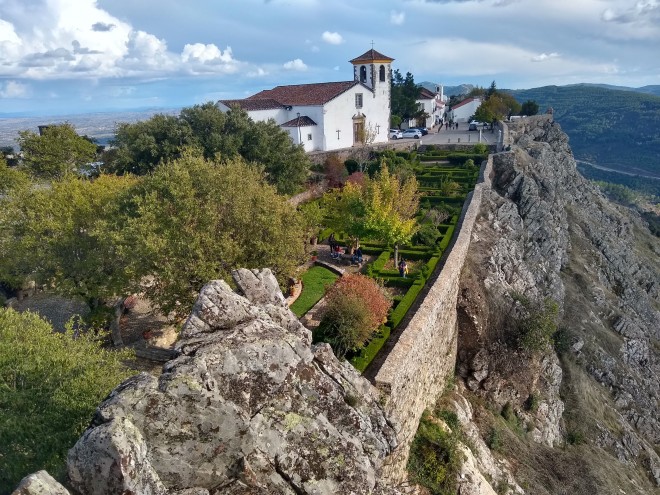

 The campsite we stayed on is just outside the workaday little town of Santo António das Areias and just under five kilometres from Marvão.
The campsite we stayed on is just outside the workaday little town of Santo António das Areias and just under five kilometres from Marvão.

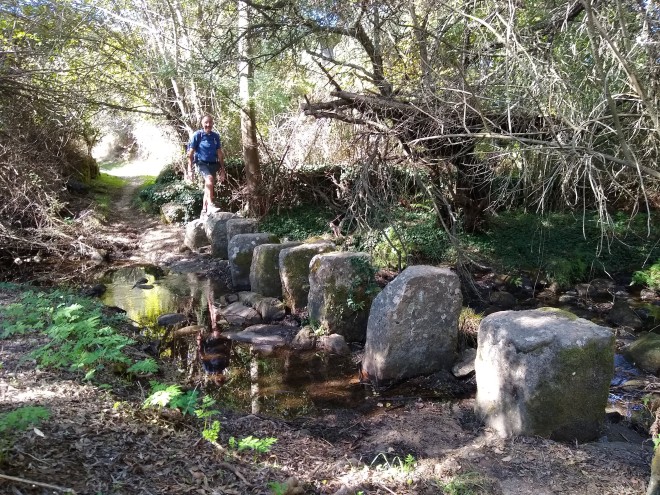



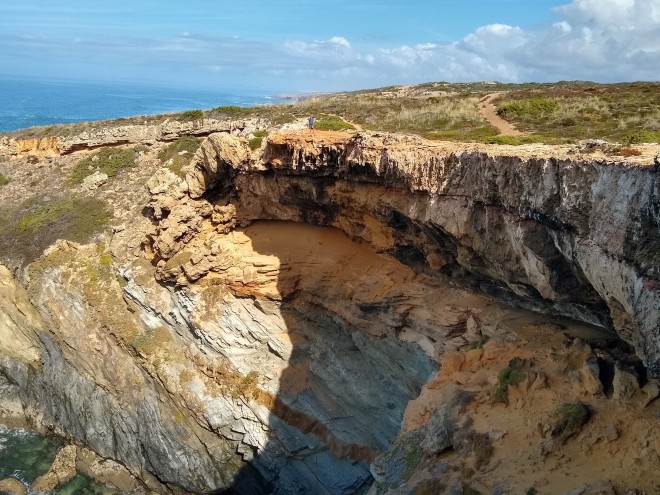 As regular readers of the blog will know we are swapping van life for bricks and mortar life this winter.
As regular readers of the blog will know we are swapping van life for bricks and mortar life this winter. 

 Ever since seeing several Youtube videos of the big wave surfing at Nazaré we knew it was somewhere we wanted to see for ourselves someday. With our very own eyes!
Ever since seeing several Youtube videos of the big wave surfing at Nazaré we knew it was somewhere we wanted to see for ourselves someday. With our very own eyes! Well, that someday had finally arrived. We got parked up at a tolerated parking spot in the town by late afternoon with just enough time to hoof it up to the point to have a look see before it got dark. The last couple of surfers were heading back in but it really didn’t matter as it was great to see where it all happens.
Well, that someday had finally arrived. We got parked up at a tolerated parking spot in the town by late afternoon with just enough time to hoof it up to the point to have a look see before it got dark. The last couple of surfers were heading back in but it really didn’t matter as it was great to see where it all happens.
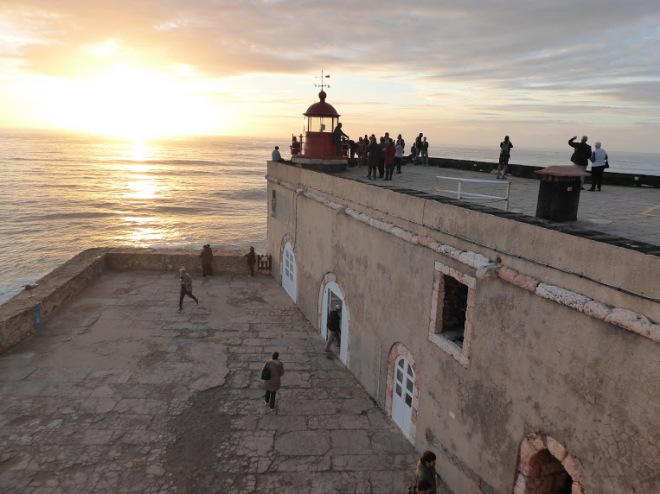


 We didn’t feel it had sold itself out to tourism too much either. Just a couple of streets with the usual gift and craft shops, restaurants and cafés.
We didn’t feel it had sold itself out to tourism too much either. Just a couple of streets with the usual gift and craft shops, restaurants and cafés. You don’t want to walk the walls if you are the least bit shaky about heights. No handrail and a sheer drop of over ten metres in parts.
You don’t want to walk the walls if you are the least bit shaky about heights. No handrail and a sheer drop of over ten metres in parts.
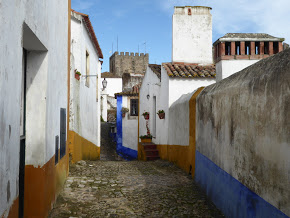

 We walked a couple of sections of the coastal path south of Vila Nova de Milfontes over a couple of days. It forms part of the Rota Vincentina long distance footpath (a 340 kilometre walk from Santiago do Cacém in the Alentejo to Cabo de São Vicente in the Algarve).
We walked a couple of sections of the coastal path south of Vila Nova de Milfontes over a couple of days. It forms part of the Rota Vincentina long distance footpath (a 340 kilometre walk from Santiago do Cacém in the Alentejo to Cabo de São Vicente in the Algarve).











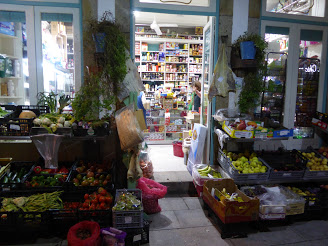




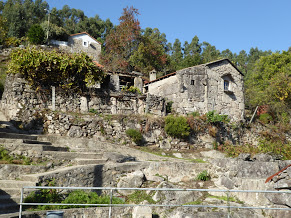


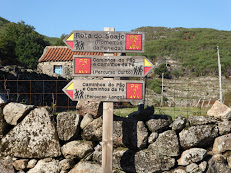


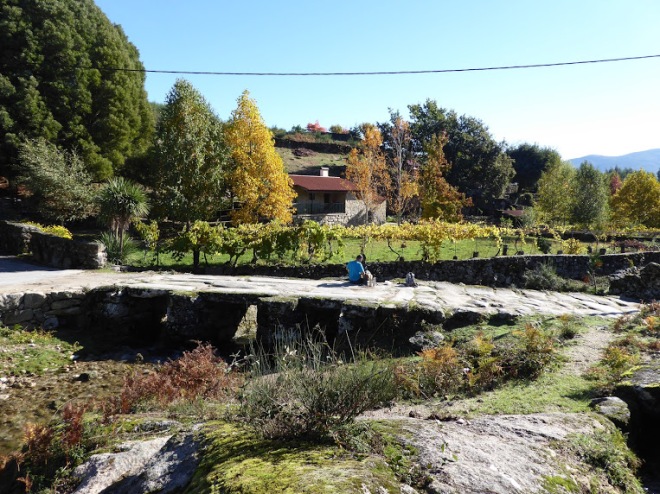








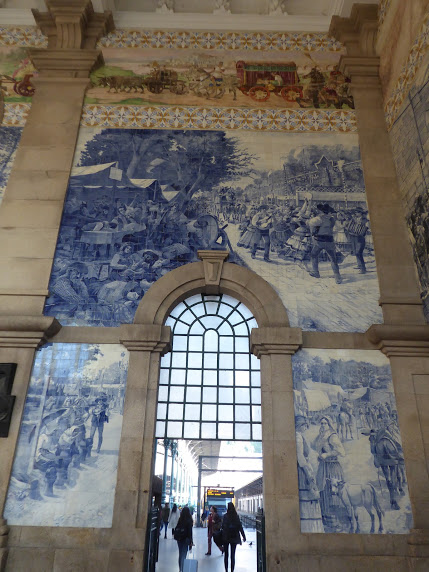
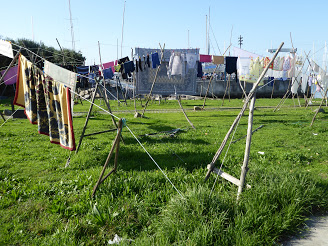





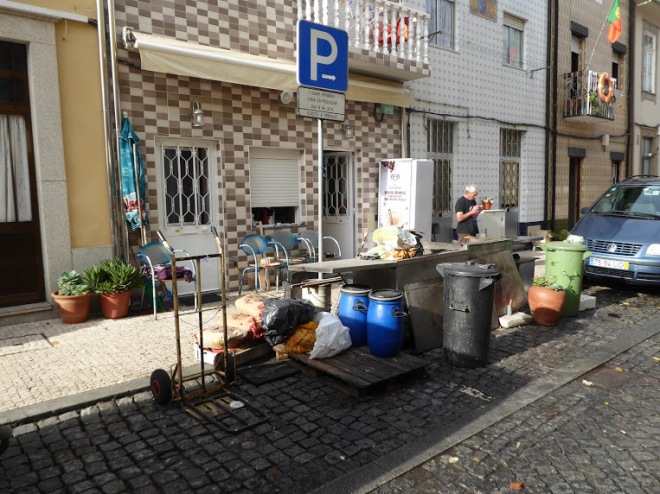 We’d arrived after the lunchtime rush but it was still pretty lively with the charcoal barbecues in front of the restaurants still in full flow so we stopped for some lunch.
We’d arrived after the lunchtime rush but it was still pretty lively with the charcoal barbecues in front of the restaurants still in full flow so we stopped for some lunch. I don’t really do fish but I had the sardines cooked on the grill. I’d like to say I thoroughly enjoyed them but I’d really rather have had grilled courgettes! Still it gave me my weekly dose of omega 3.
I don’t really do fish but I had the sardines cooked on the grill. I’d like to say I thoroughly enjoyed them but I’d really rather have had grilled courgettes! Still it gave me my weekly dose of omega 3.
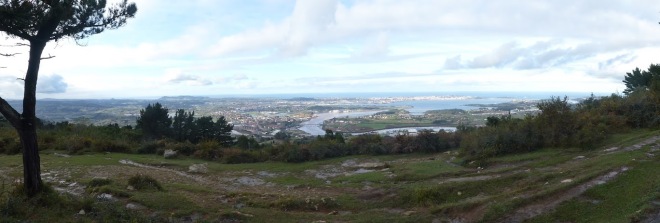
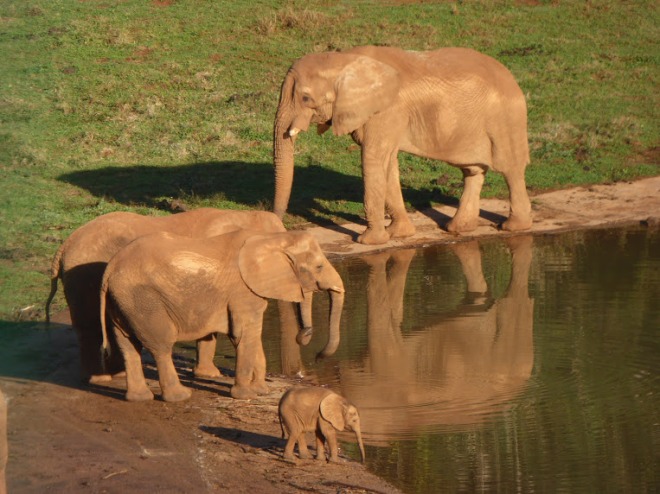



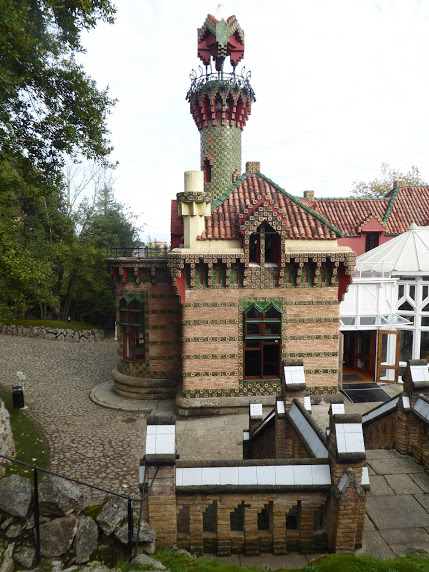
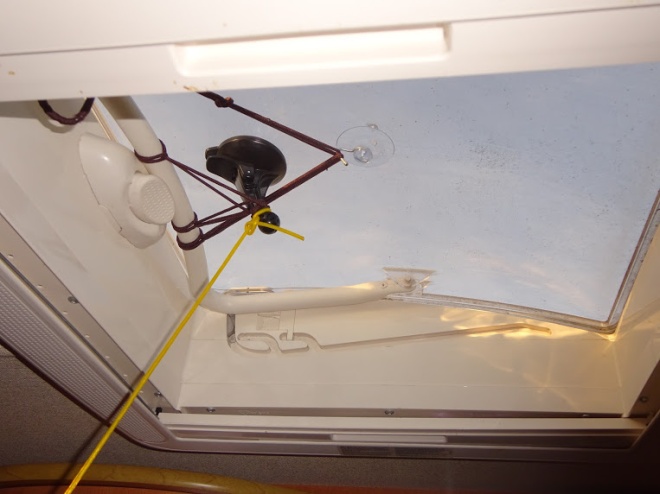










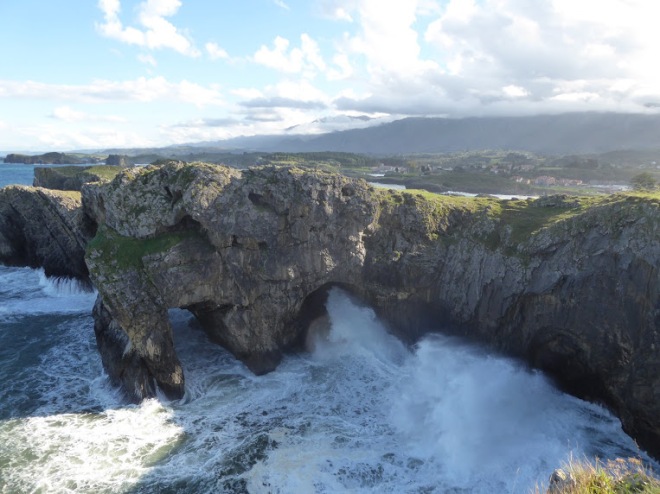


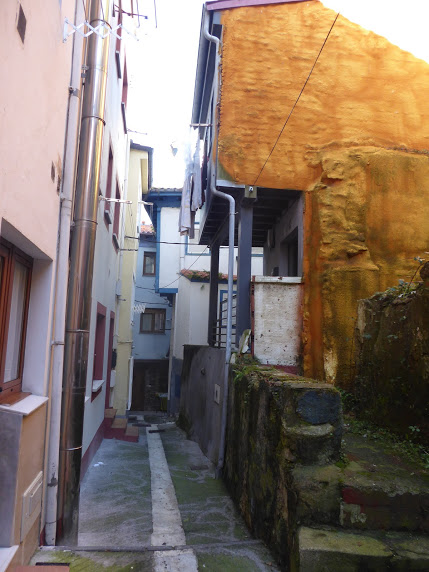
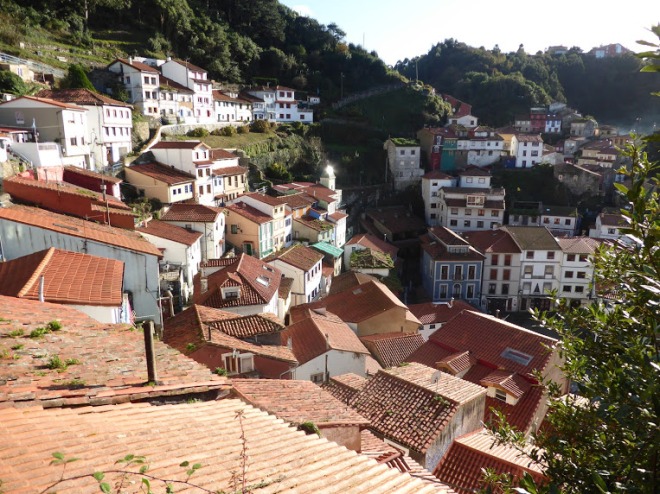

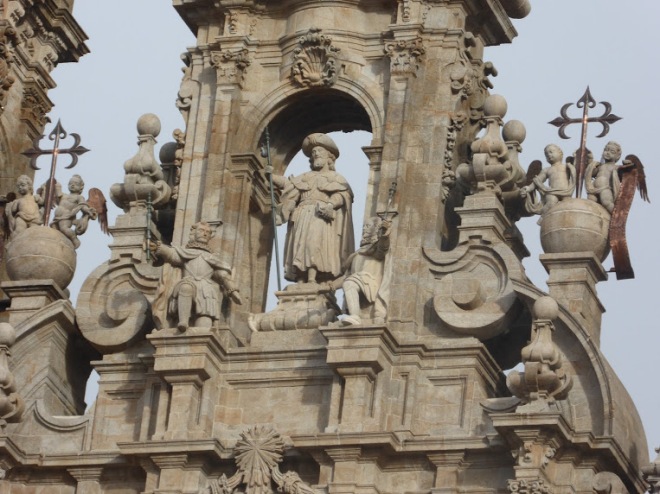


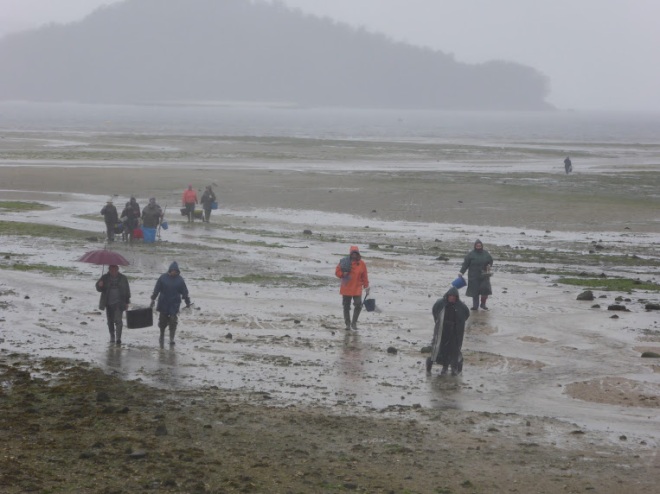



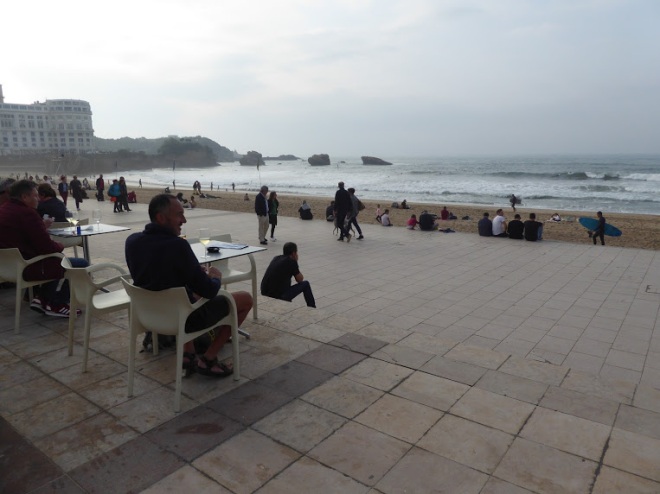




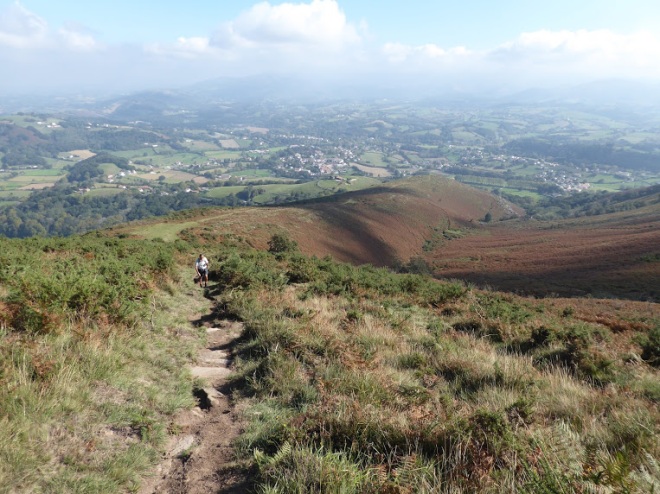











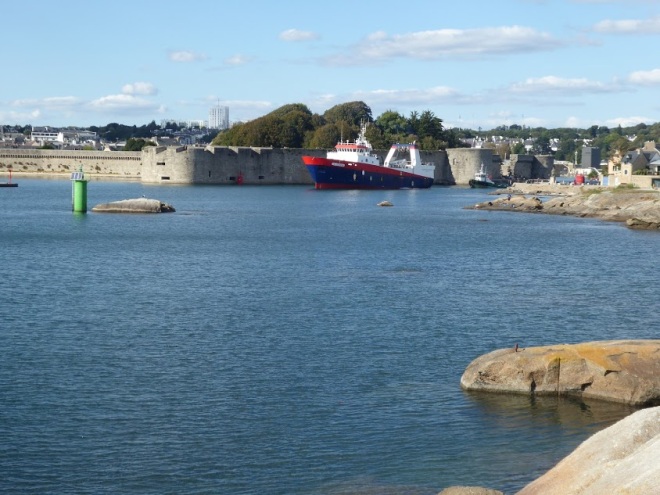

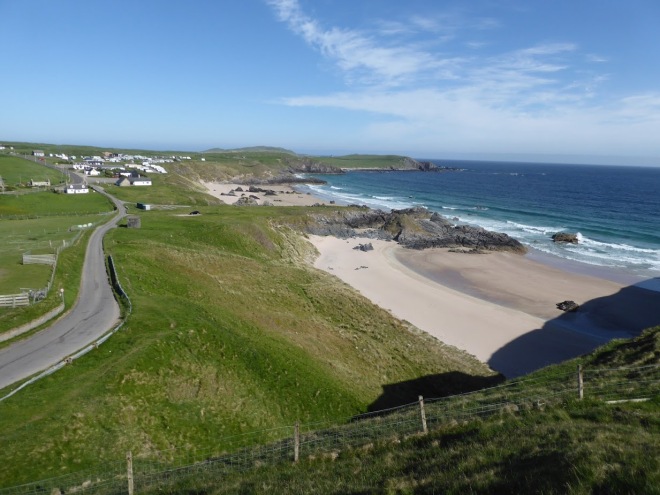

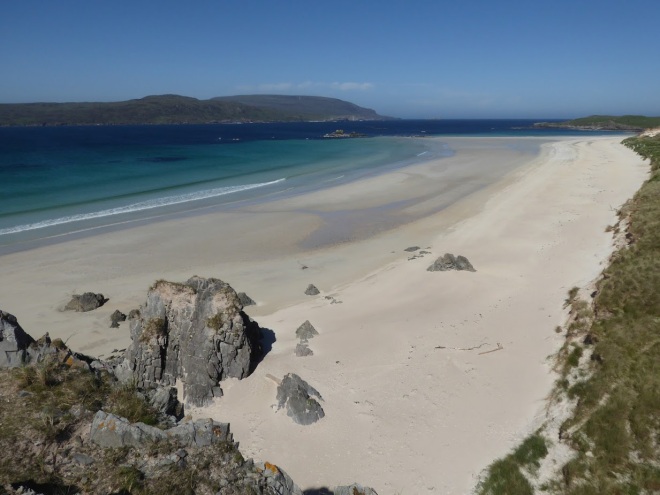


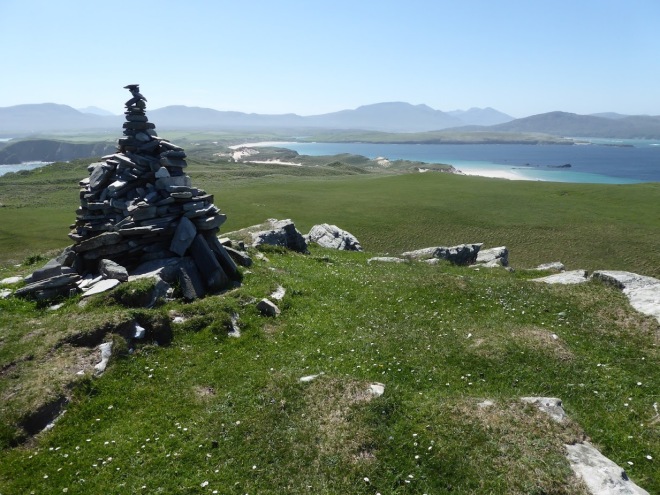







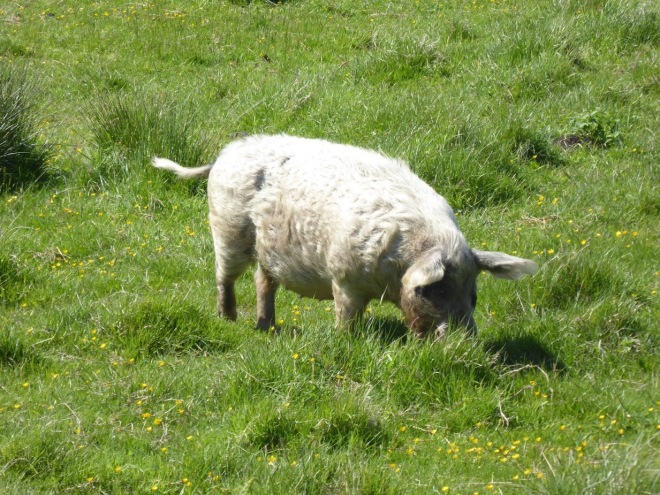

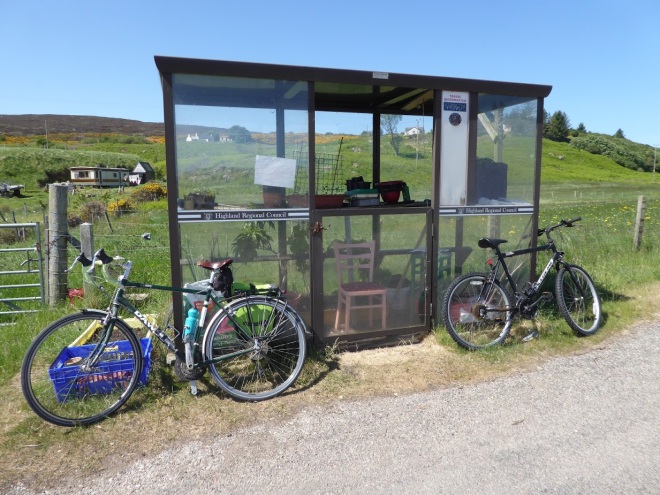



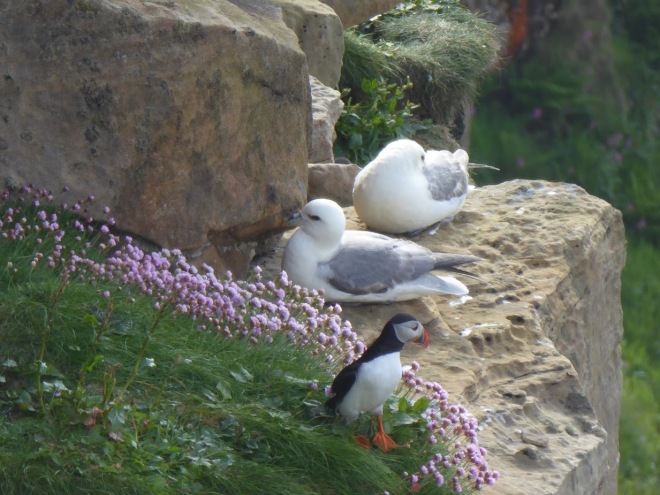










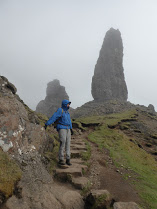









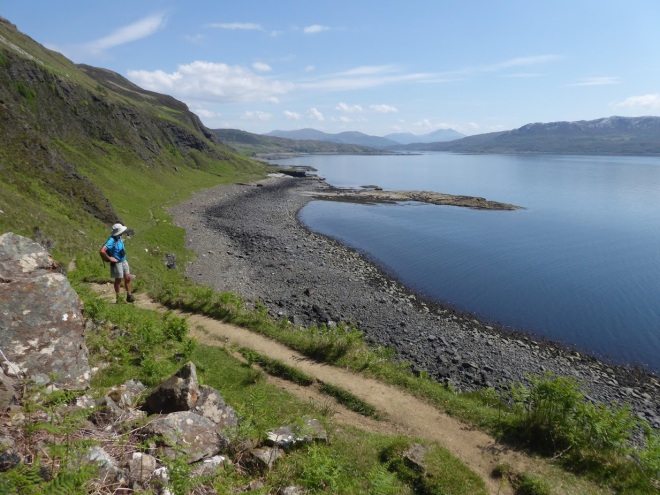


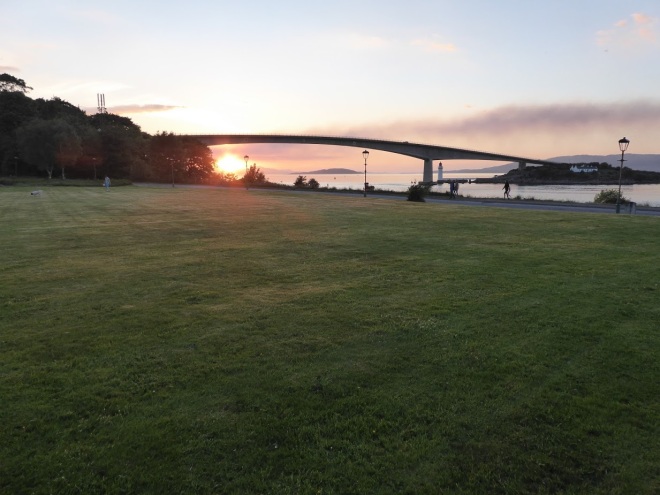


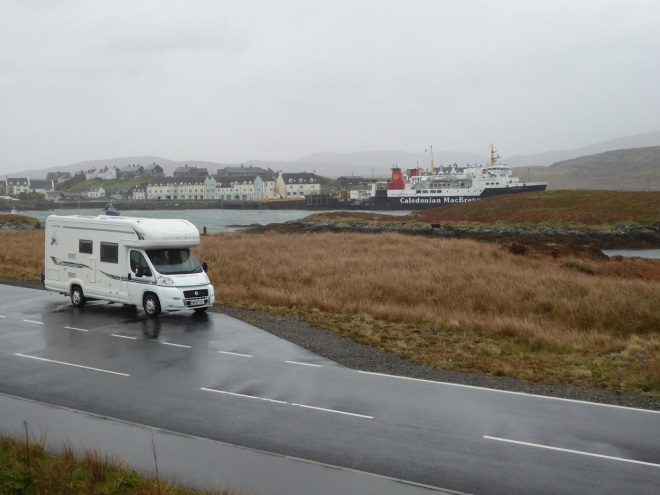

 He also told us all about how the peat is cut and showed us the tools they use which he keeps submerged in water all year round. We were so glad we stopped and it is good to see an old tradition alive and well.
He also told us all about how the peat is cut and showed us the tools they use which he keeps submerged in water all year round. We were so glad we stopped and it is good to see an old tradition alive and well.




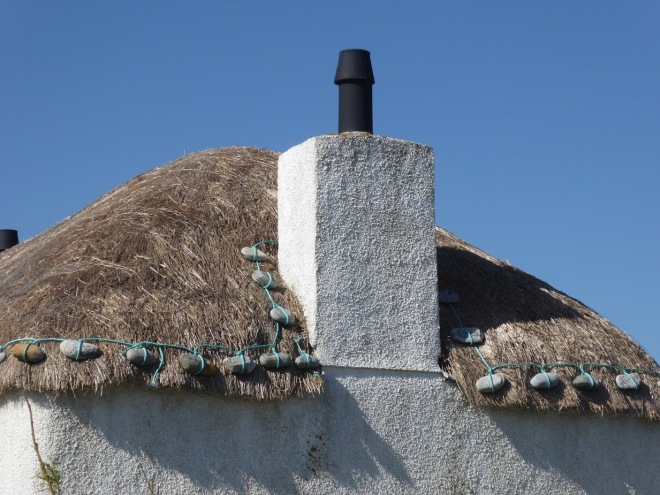


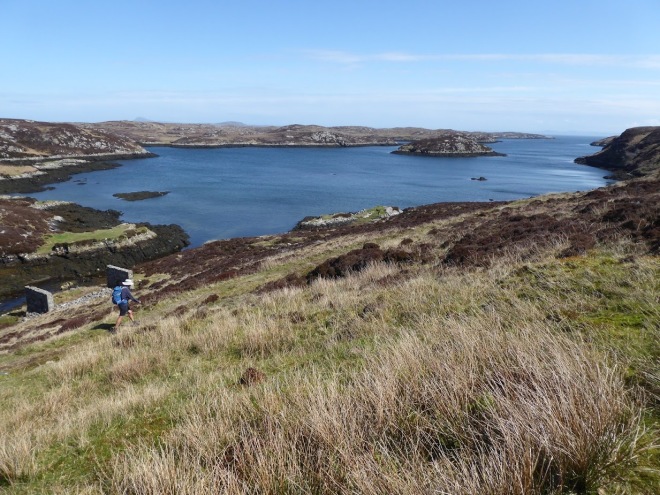










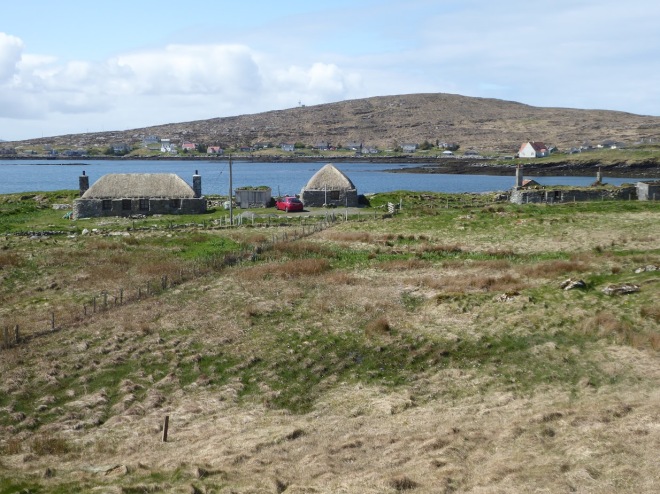
 The little museum run by volunteers tells the story of island life with hundreds of donated photos to peruse. Seals bask off the rocks close into the shore without seemingly a care in the world.
The little museum run by volunteers tells the story of island life with hundreds of donated photos to peruse. Seals bask off the rocks close into the shore without seemingly a care in the world.